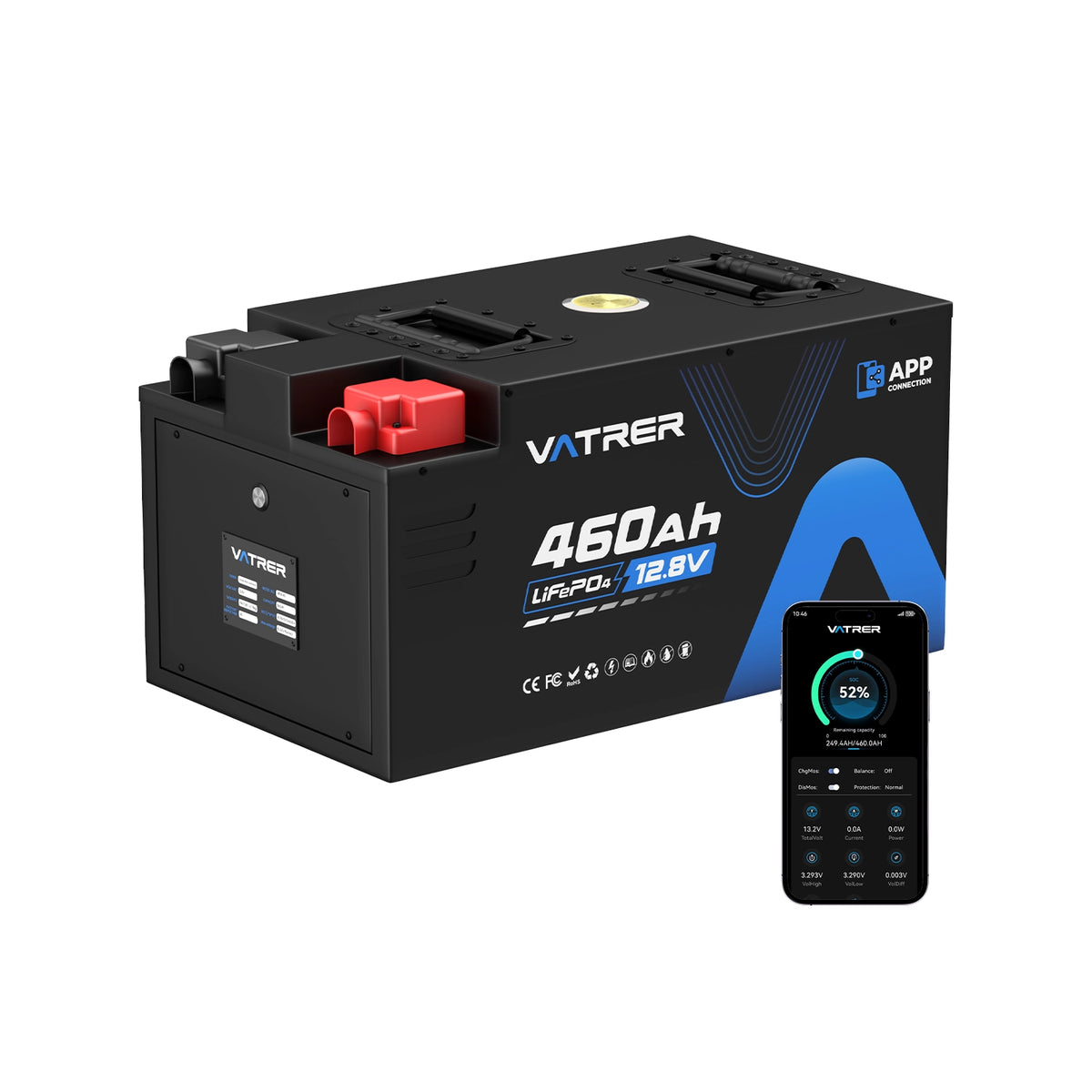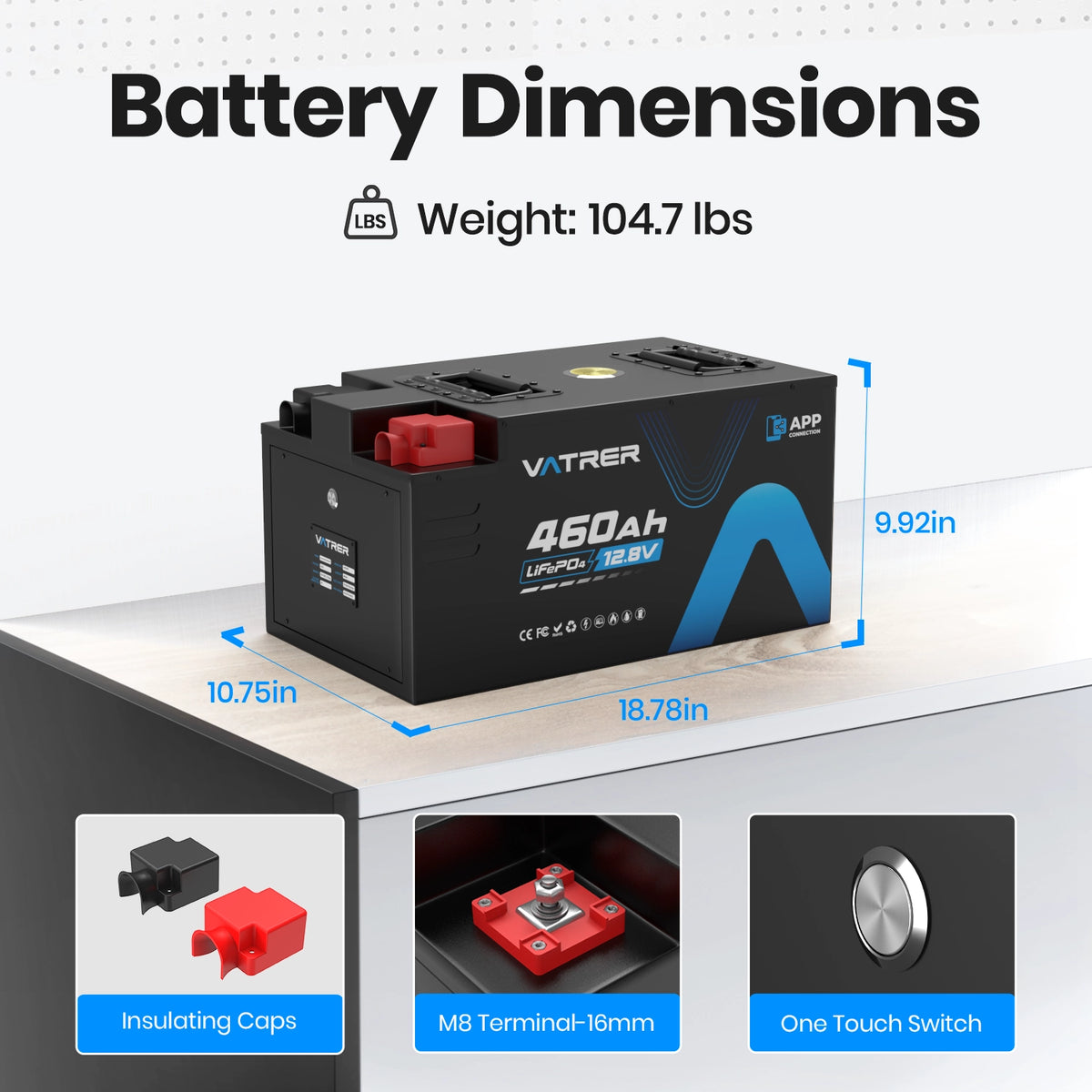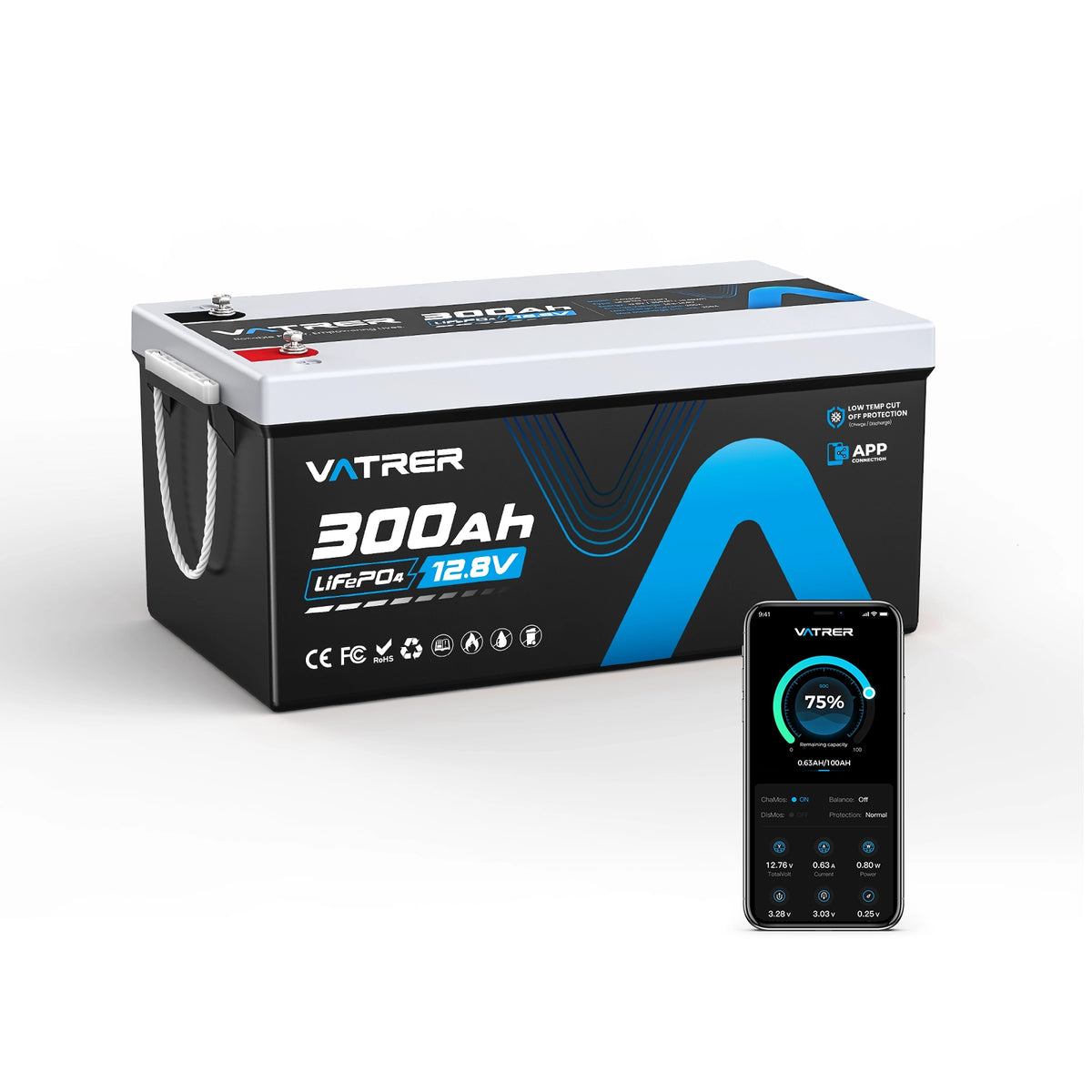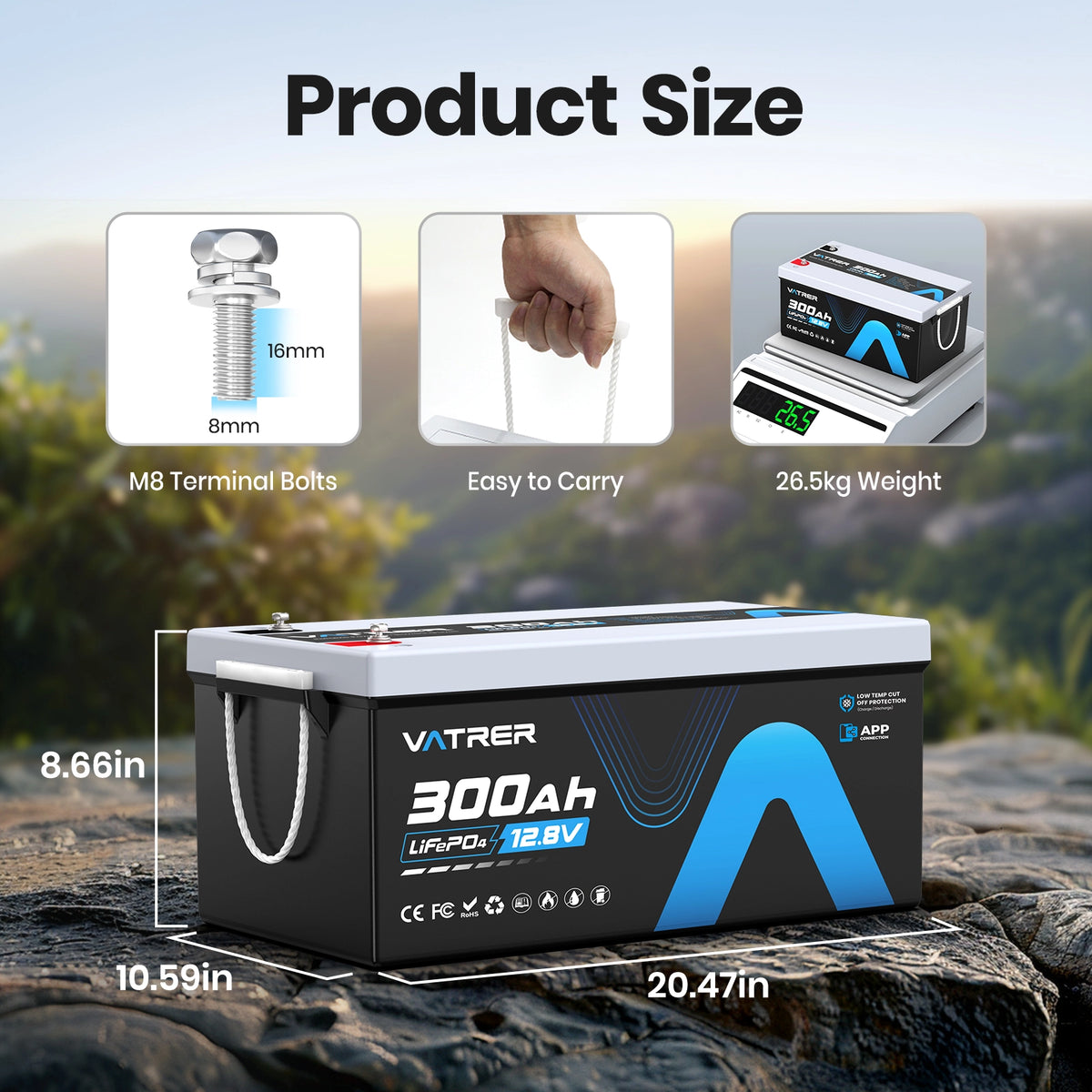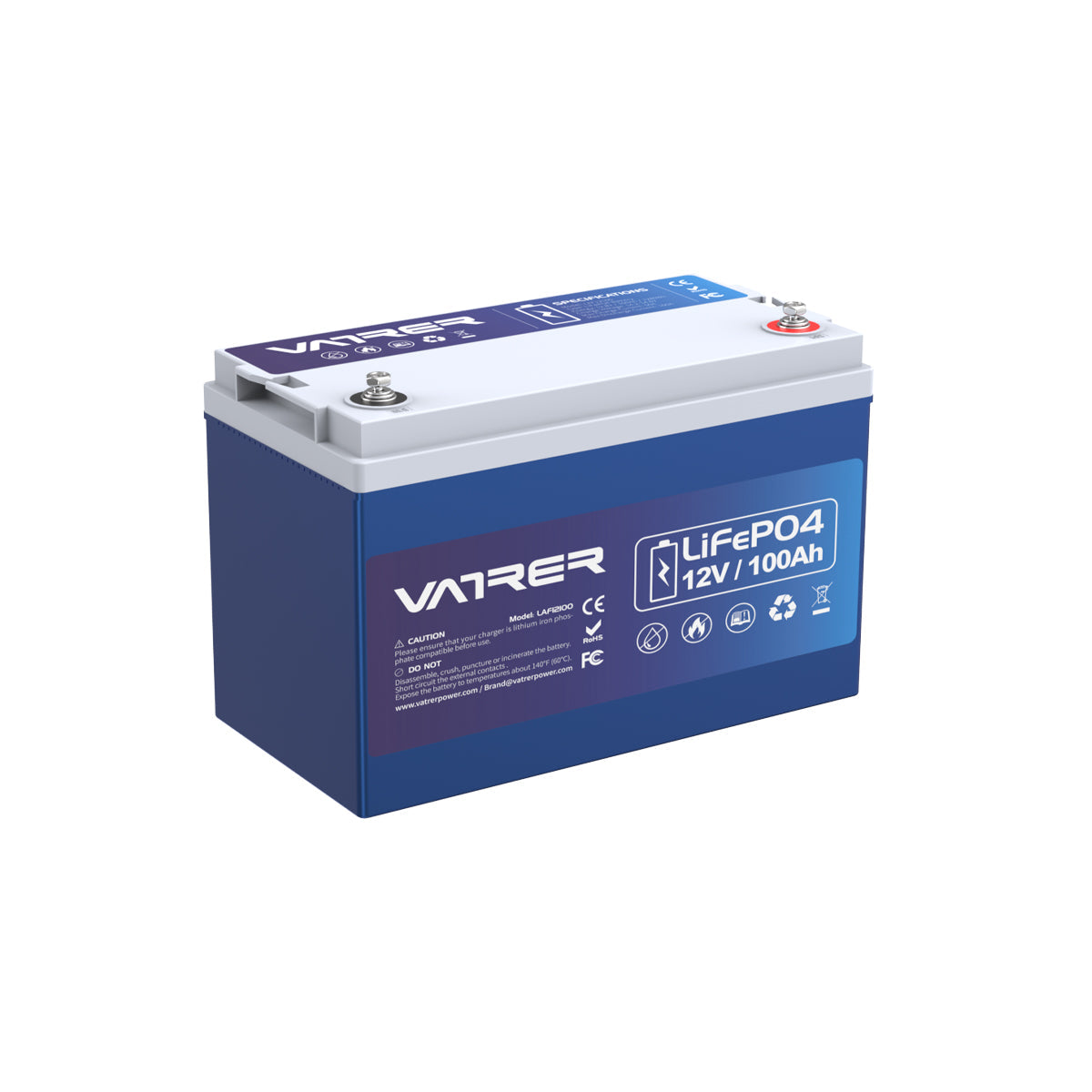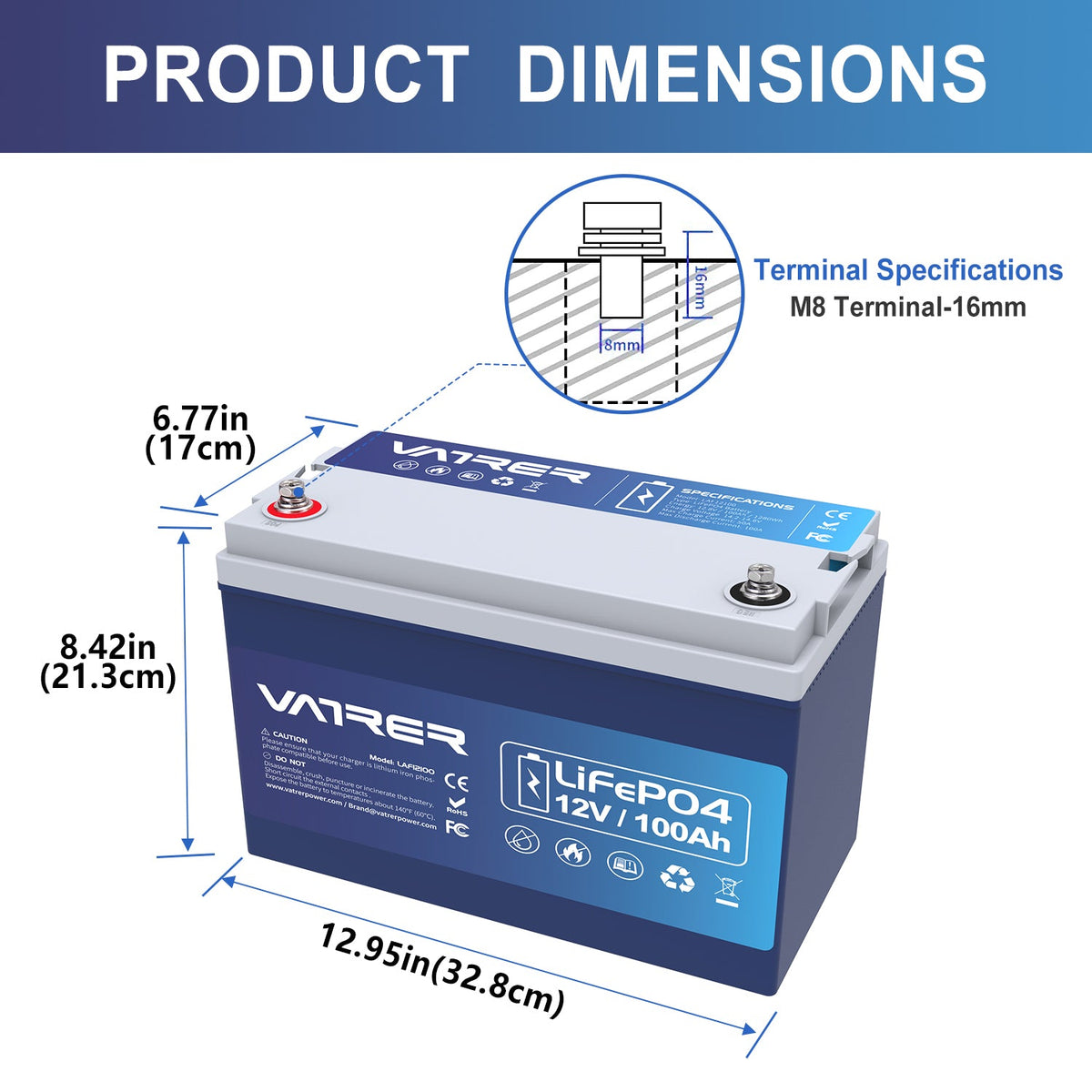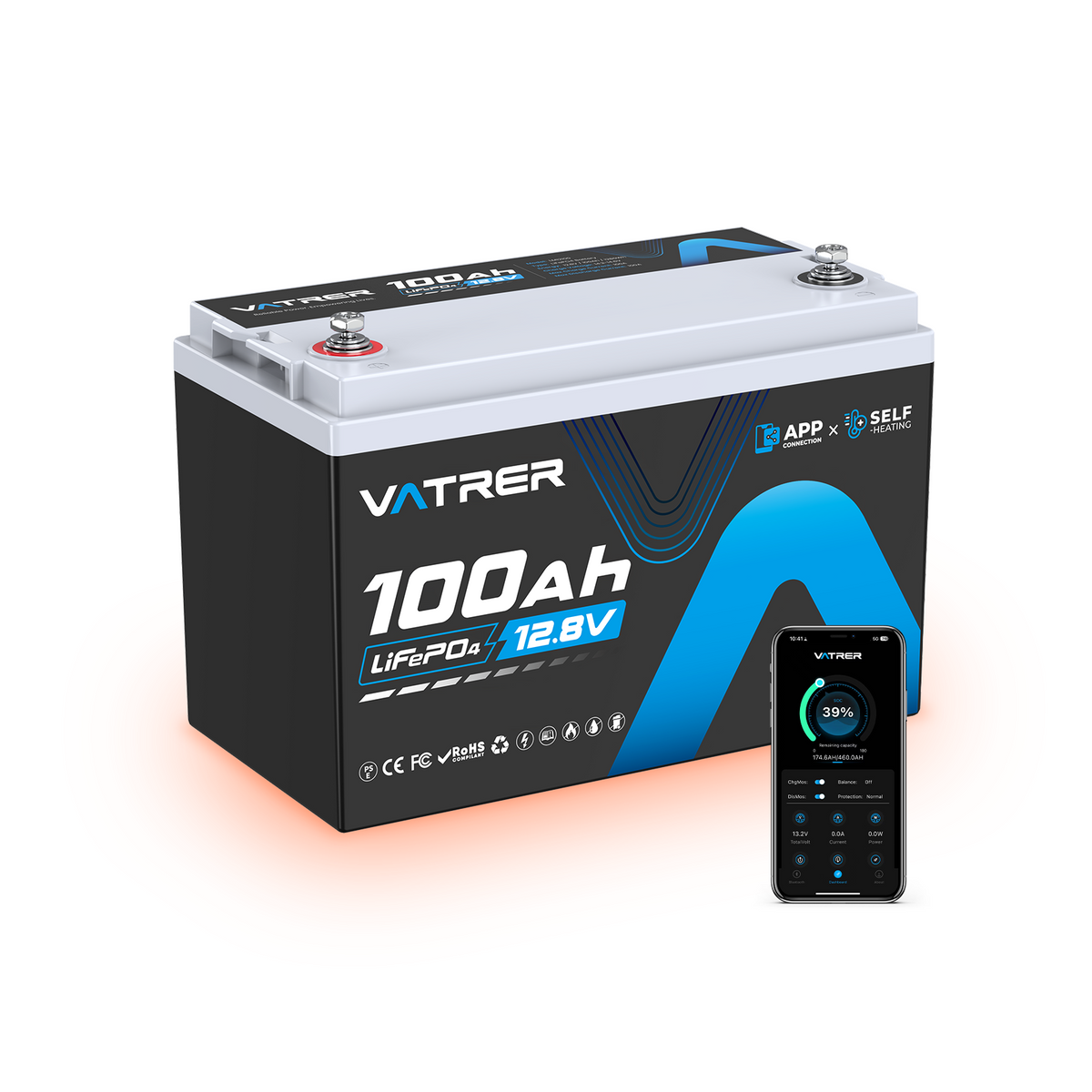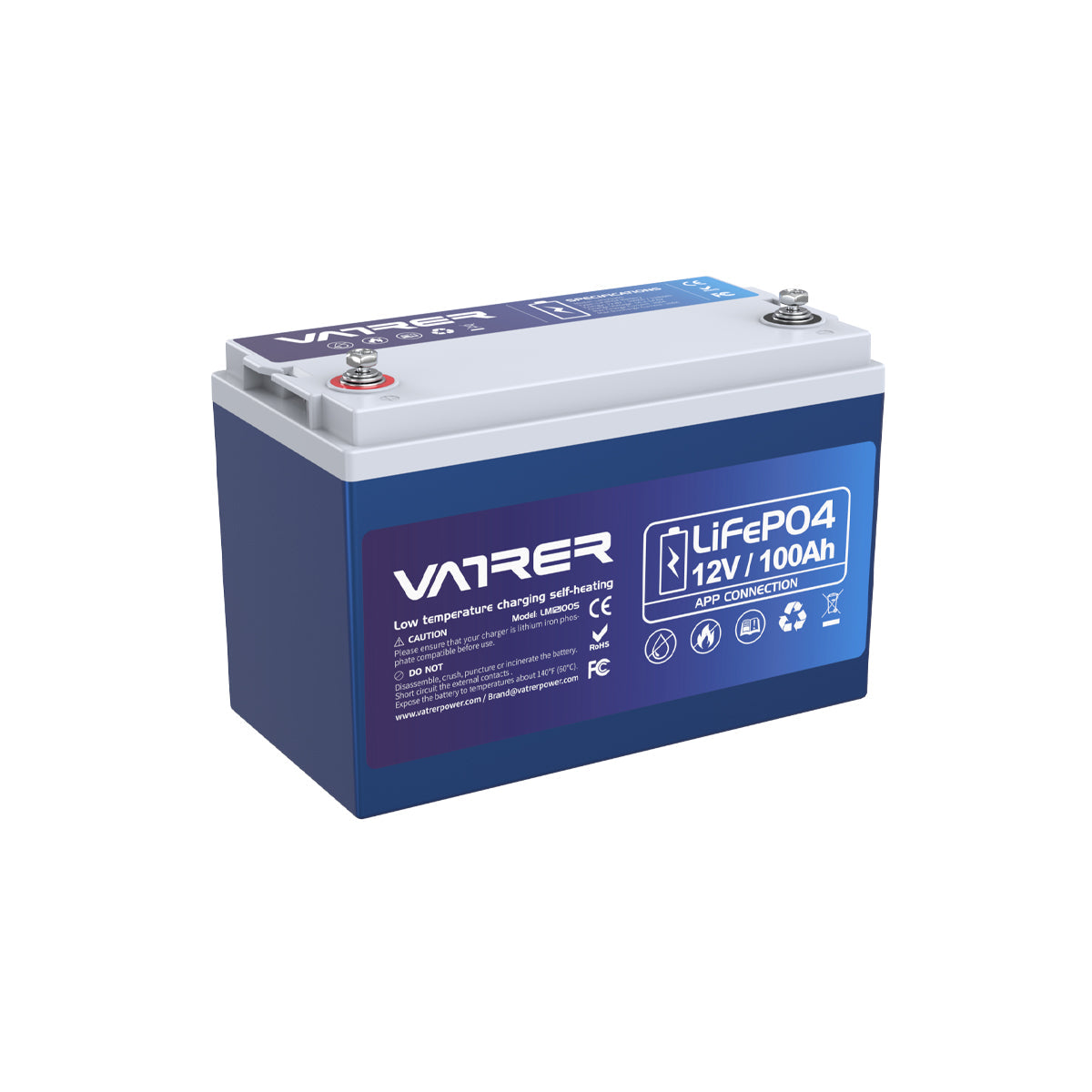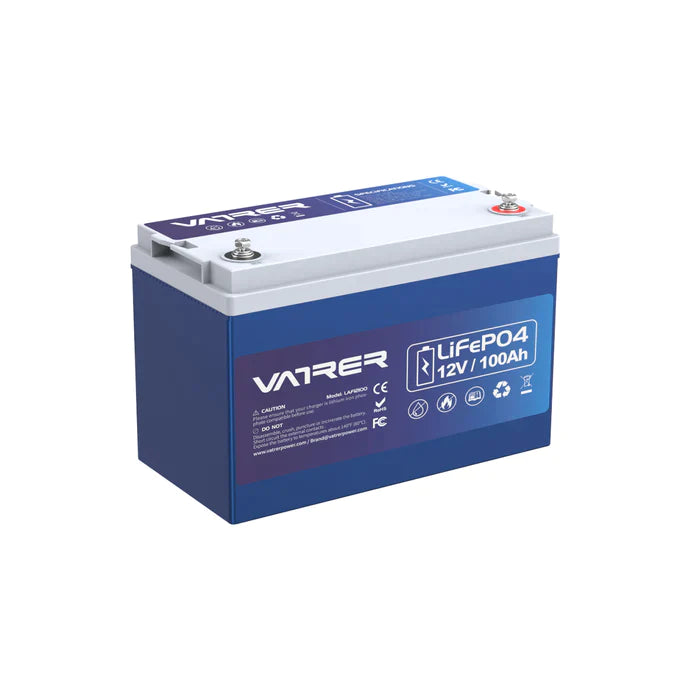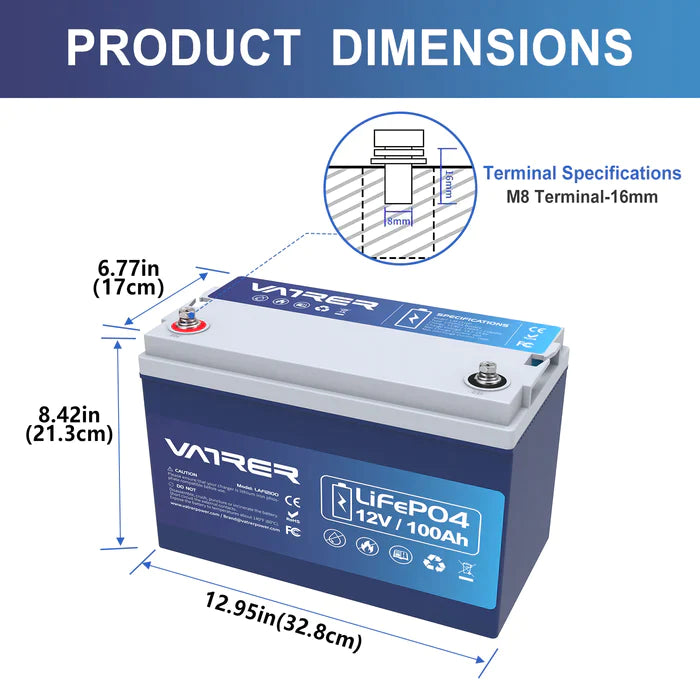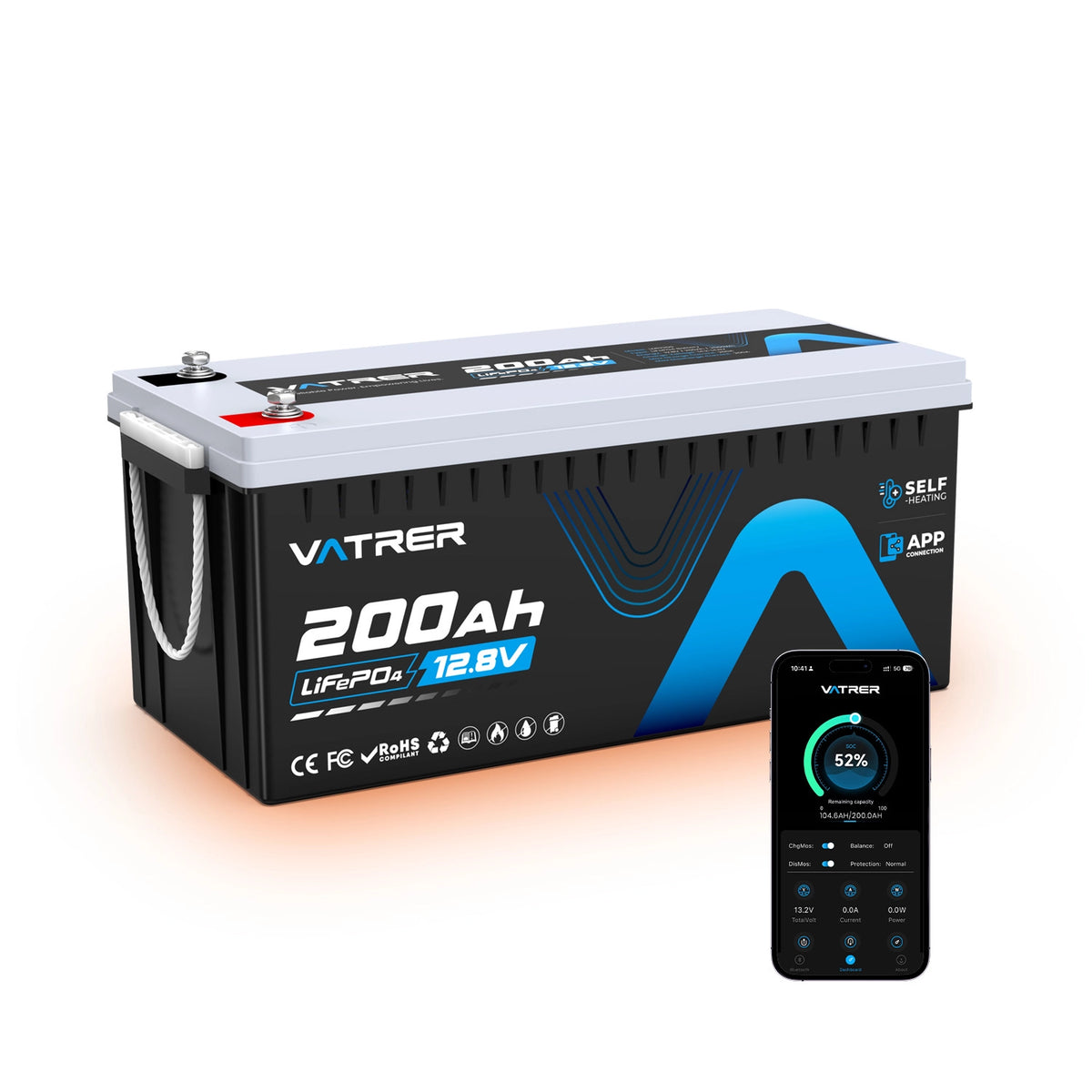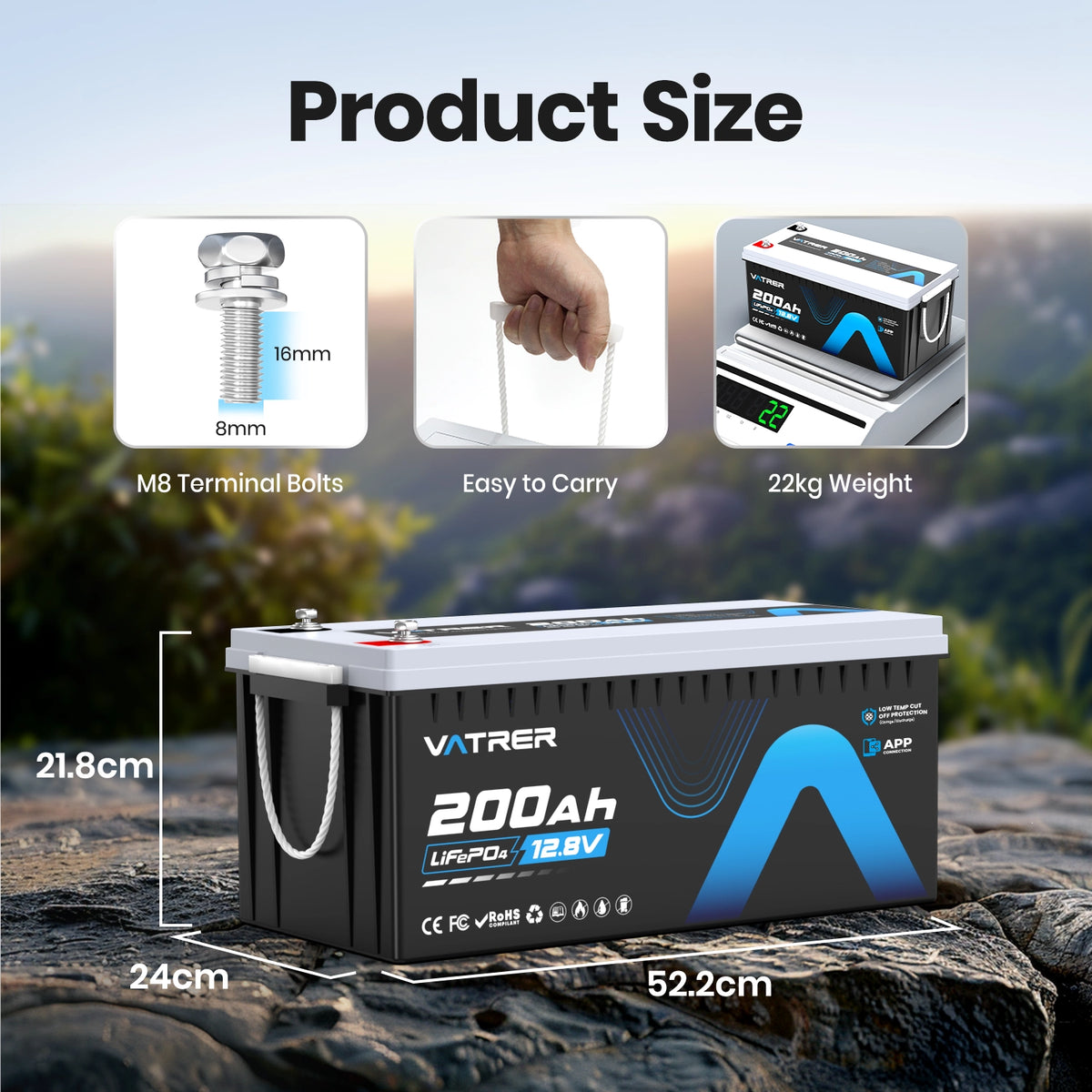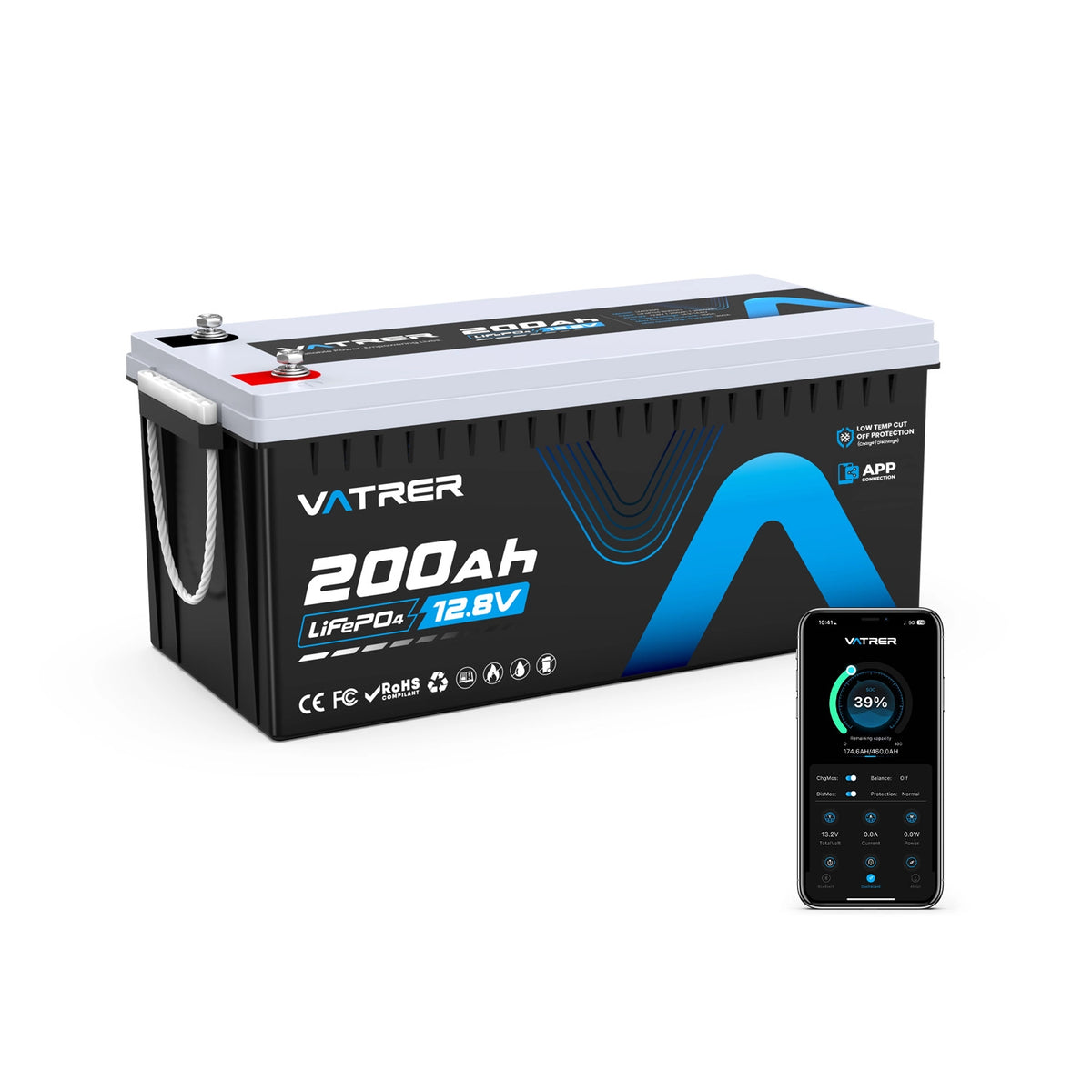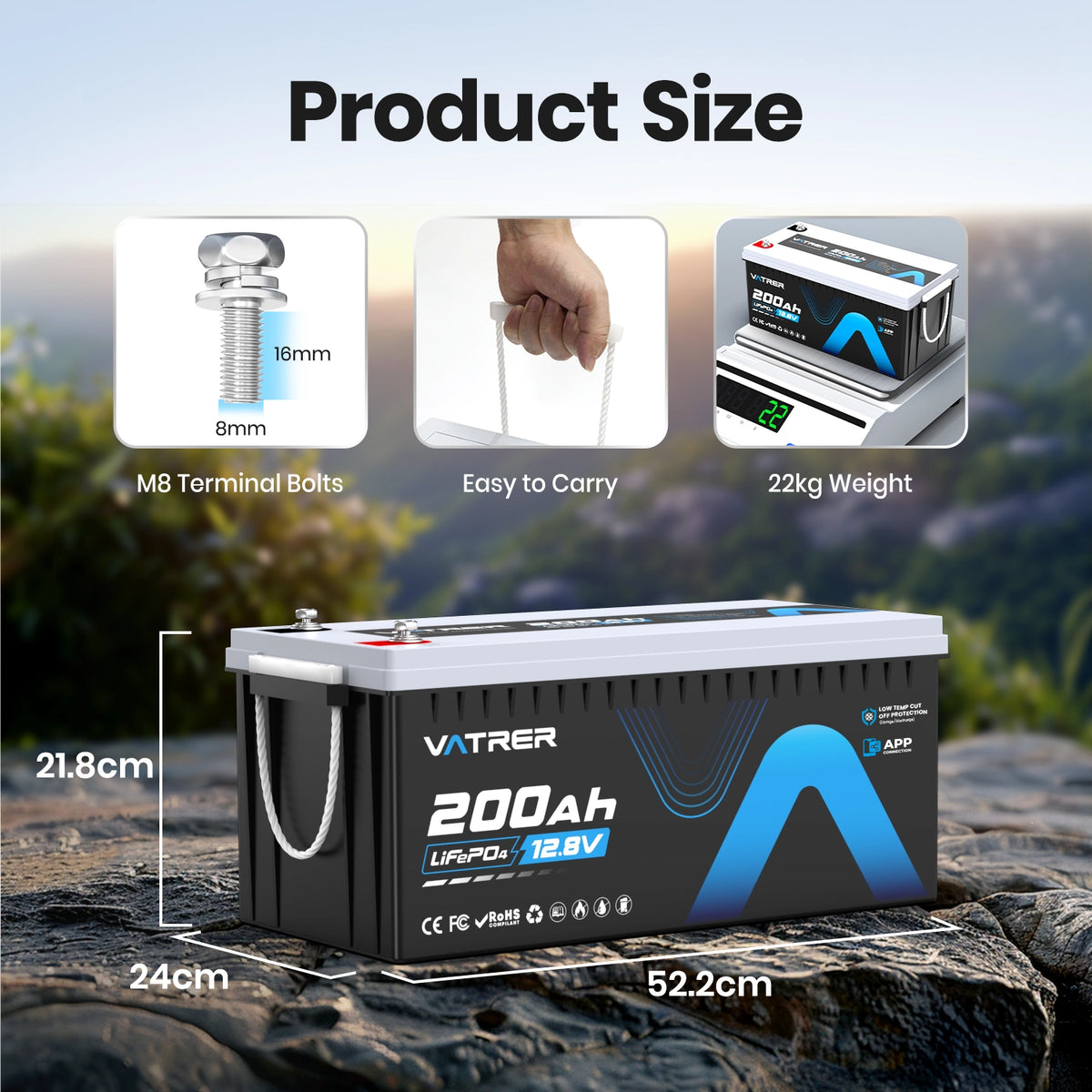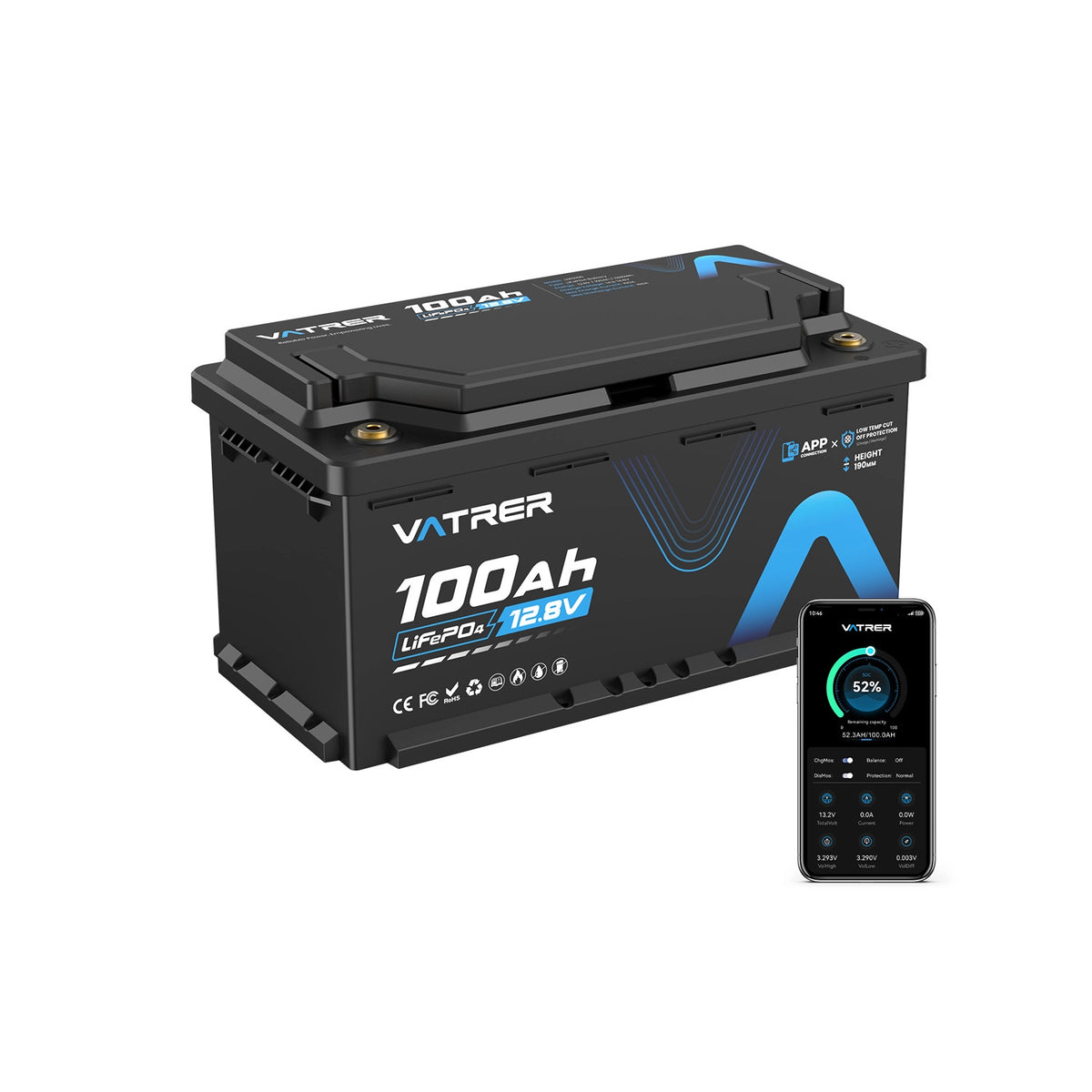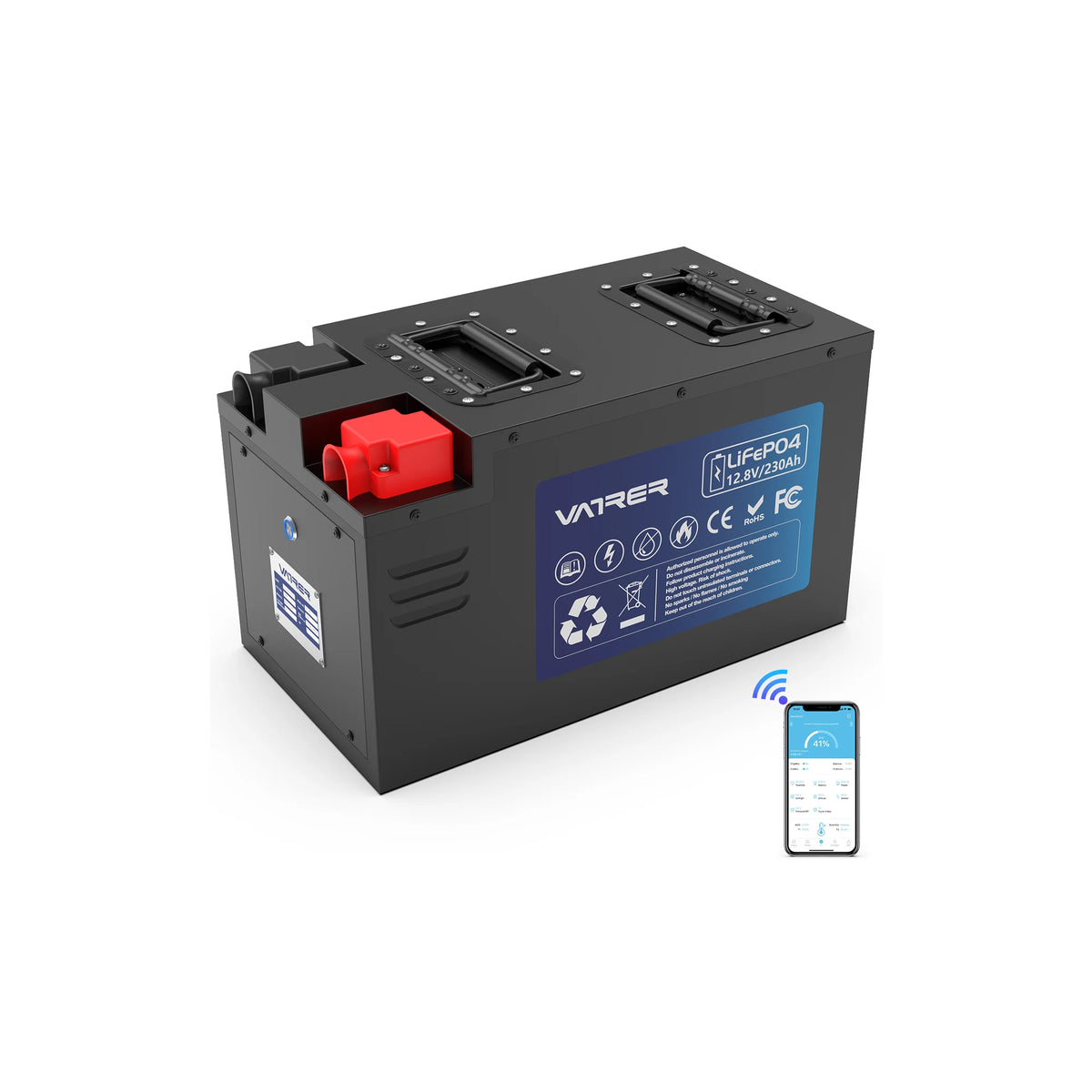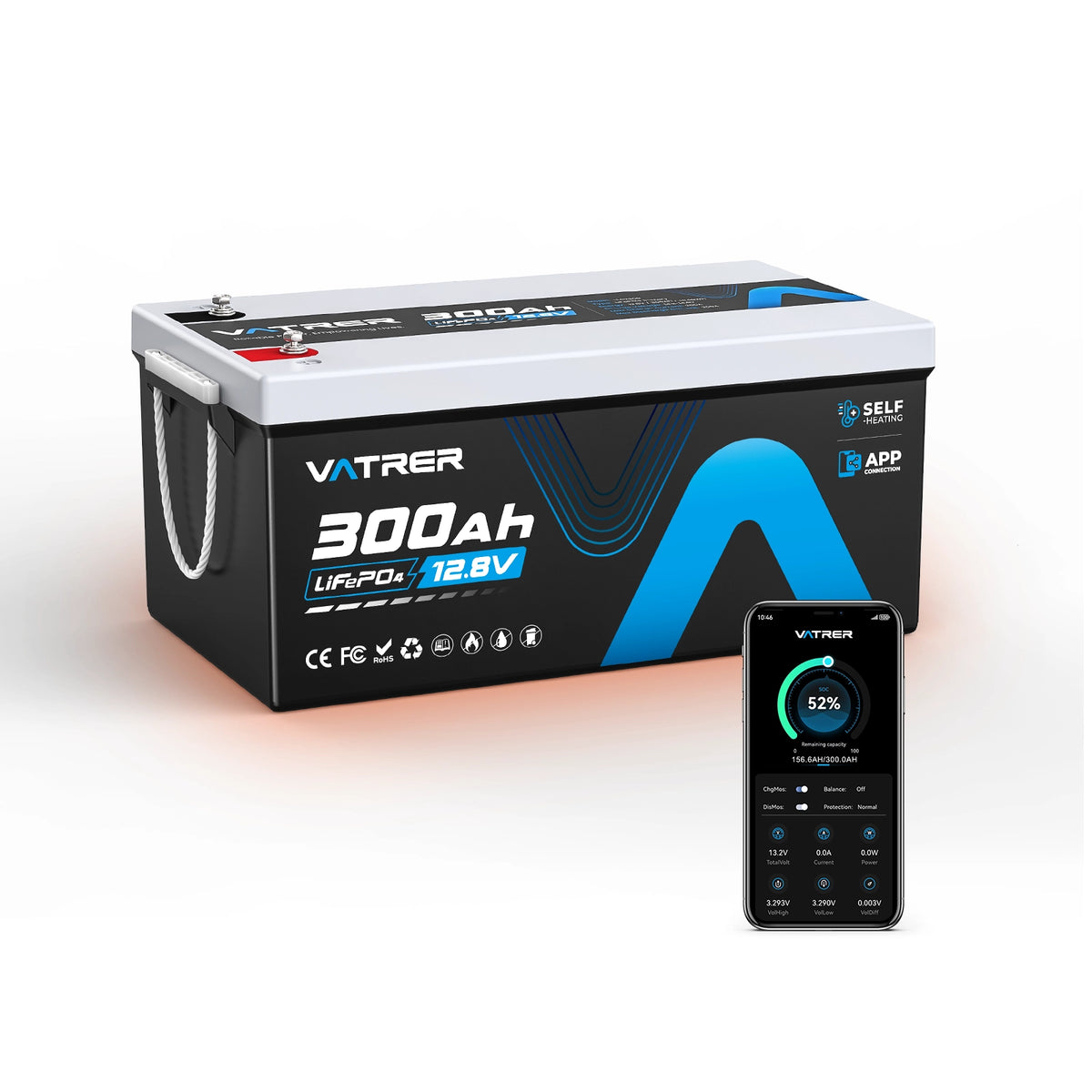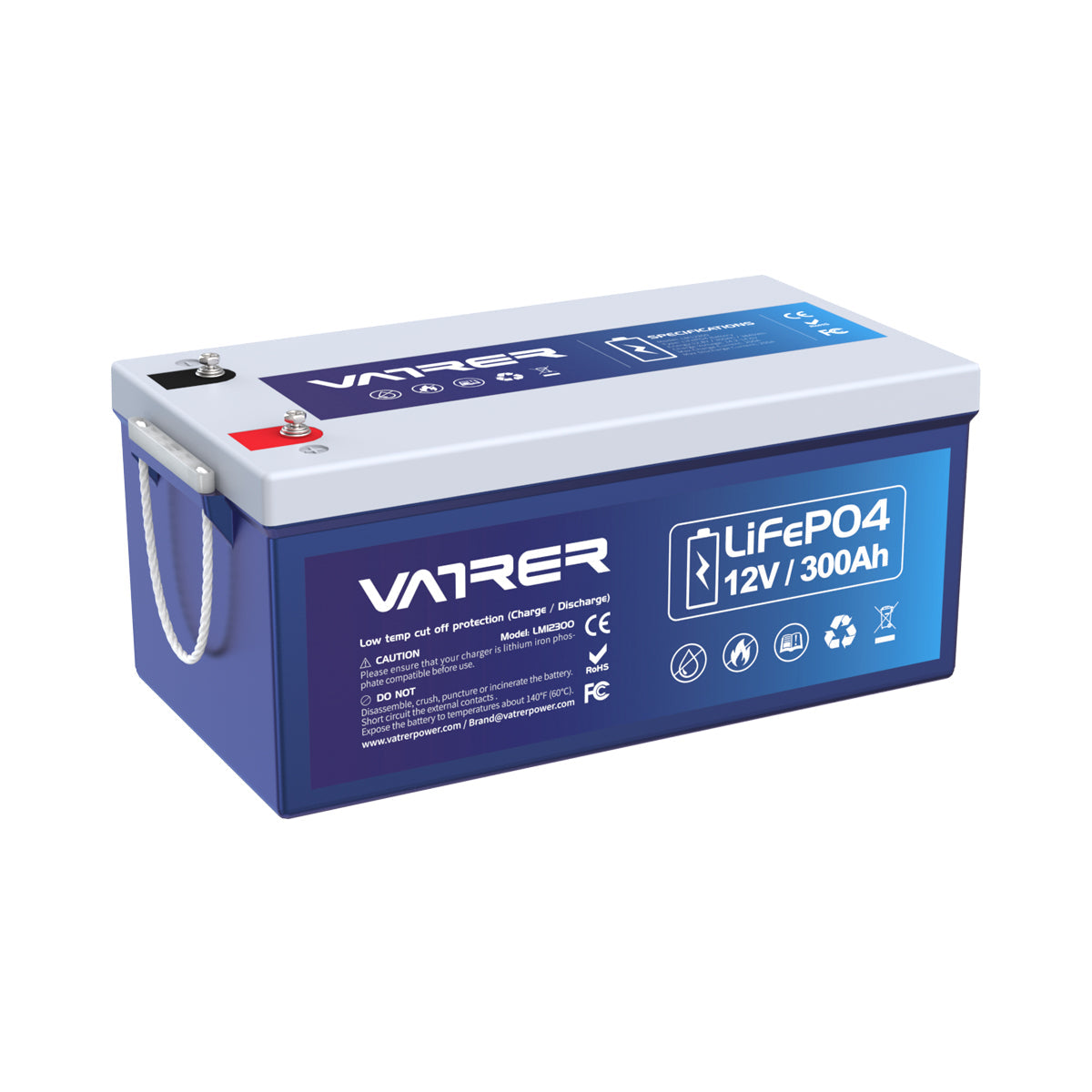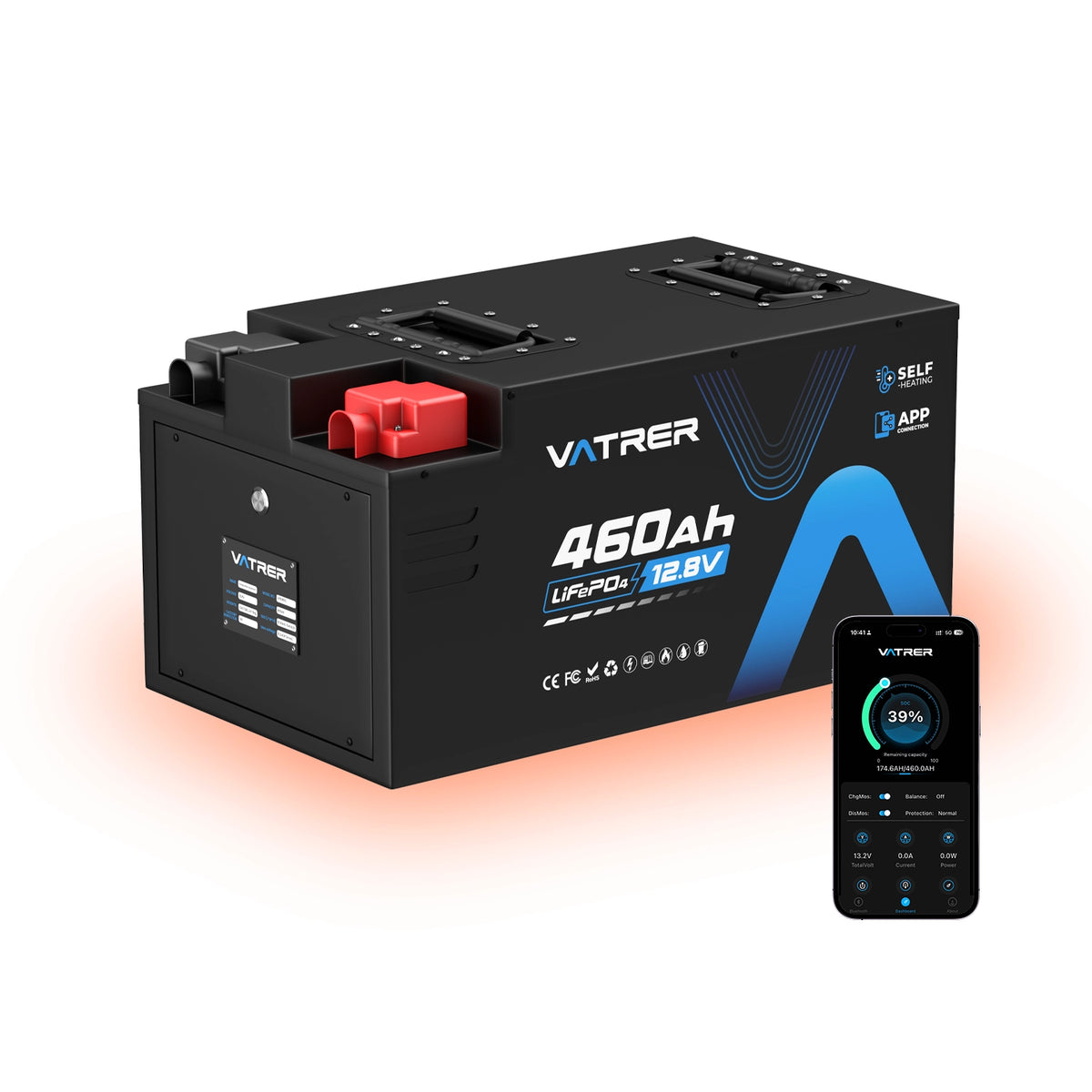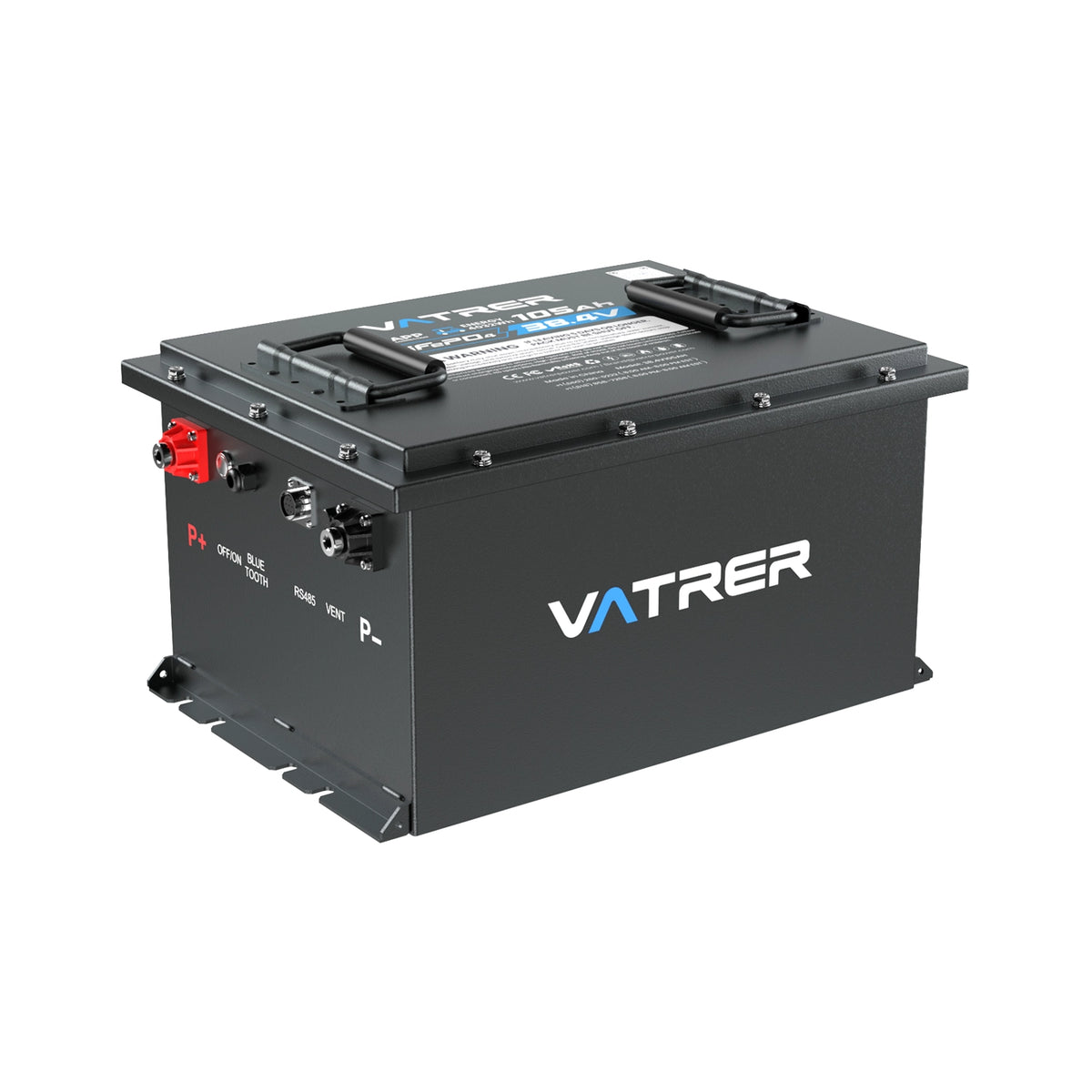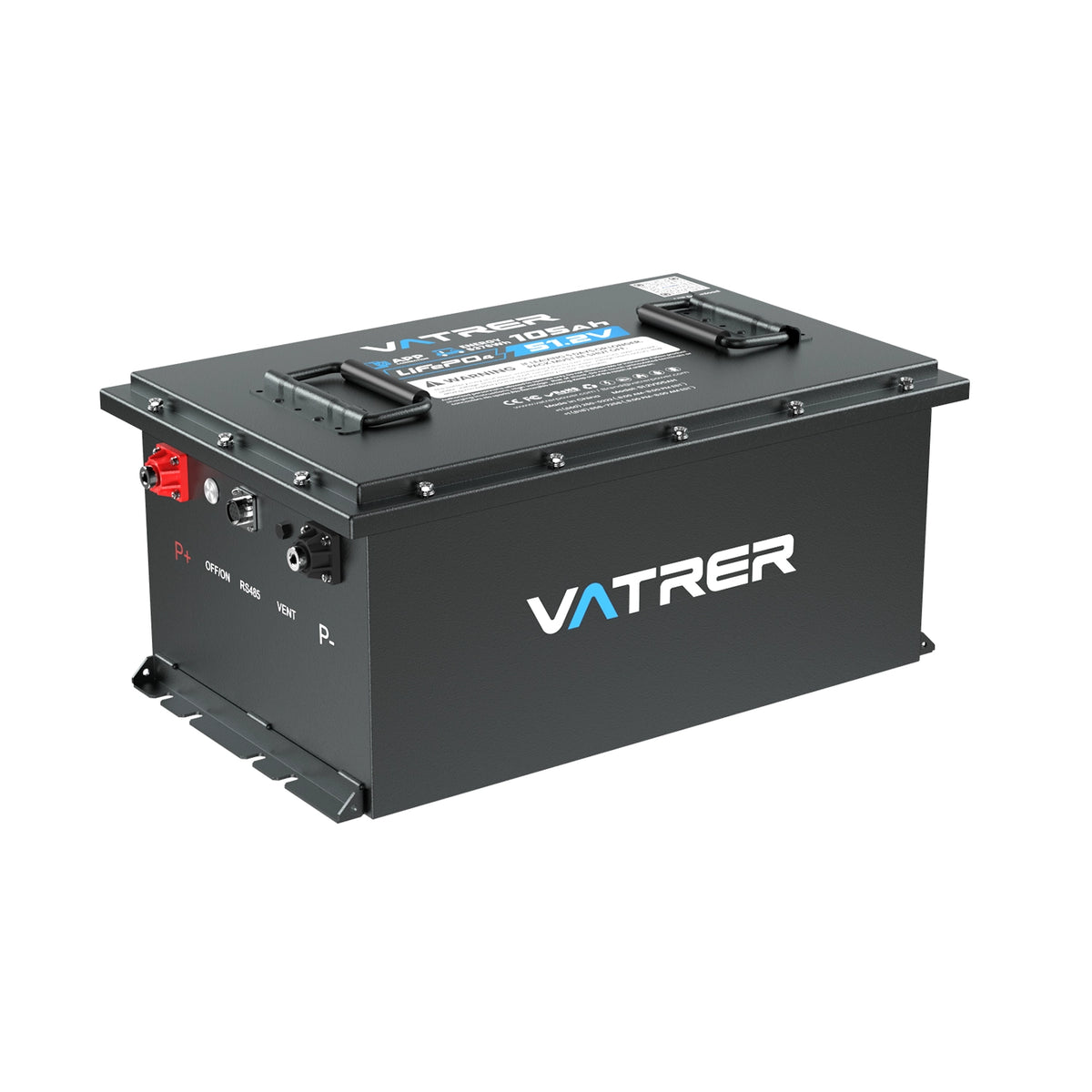Introduction
As the adoption of renewable energy sources continues to grow, more individuals and businesses are turning to solar power as a cost-effective and environmentally friendly solution. One of the common questions that arise when setting up a solar power system is, "How many solar panels do I need to charge a 48V lithium battery?" This blog post aims to break down the factors involved in determining the number of solar panels required to efficiently charge a 48V lithium battery, ensuring your solar setup meets your energy needs.

Understanding Your Battery and Its Requirements
The first step in determining how many solar panels you need is to understand the specifications of your 48V lithium battery. A typical 48V lithium battery used in a residential solar system might have a capacity rated in ampere-hours (Ah). For instance, let's consider a 48V battery with a capacity of 100Ah. This means the battery stores 4800 watt-hours (Wh) of energy (48V x 100Ah = 4800 Wh).
Calculating Daily Energy Needs
To calculate how many solar panels are needed, you must first determine your daily usage and the battery's energy requirements. If you aim to fully charge the 100Ah battery daily, you'll need to generate 4800 Wh of energy per day.
Solar Panel Output
Solar panels are rated by the amount of power they produce under ideal conditions, measured in watts (W). The actual output can vary based on factors like geographic location, time of year, weather conditions, and the efficiency of the panels. For simplicity, suppose you choose a commonly used solar panel that produces 300 watts under optimal conditions.
Sunlight Hours
The average number of sunlight hours your location receives daily is crucial in this calculation. This figure represents the peak solar hours when the sun's rays are strong enough to be considered equivalent to the standard testing conditions for solar panels. For example, if you live in a region that averages about 5 peak sunlight hours per day, this number will factor into how much energy your panels can produce daily.
Putting It All Together
To find out how many panels are required to charge your battery, follow these steps:
-
Daily Energy Requirement: 4800 Wh (to fully charge the battery).
-
Daily Panel Output: Multiply the wattage of one panel by the average peak sunlight hours. For a 300W panel in an area with 5 peak sunlight hours: 300W x 5 hours = 1500 Wh per day.
-
Number of Panels Needed: Divide the total daily energy requirement by the daily output per panel. 4800 Wh / 1500 Wh = 3.2.
This calculation suggests that approximately 3 to 4 solar panels are required to fully charge the 48V lithium battery each day, considering variations in solar production due to weather or other inefficiencies.
Considerations
-
Efficiency Losses: Solar systems experience energy losses due to inefficiencies in the panels, wiring, and inverters. It's wise to factor in an additional 10-25% more panels.
-
Future Consumption: If you anticipate increased energy usage, consider adding more panels to accommodate future needs.
-
Professional Assessment: Consulting with a solar installation professional can provide a detailed analysis tailored to your specific location, roof orientation, and other environmental factors.
Conclusion
Determining the number of solar panels needed to charge a 48V lithium battery involves understanding your battery's capacity, the output of your panels, and the solar potential of your location. By carefully calculating these factors, you can design a solar panel system that adequately meets your energy needs, ensuring efficient and reliable power supply from your solar setup.







